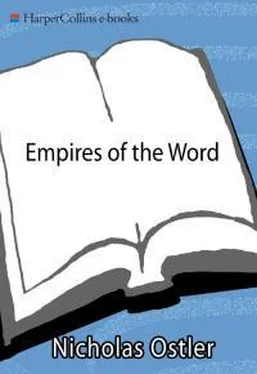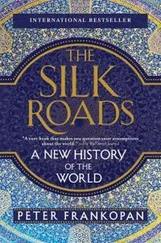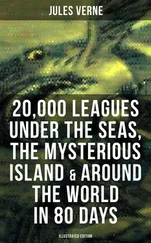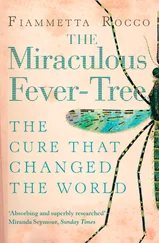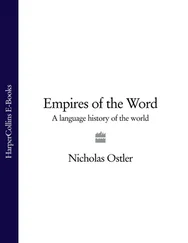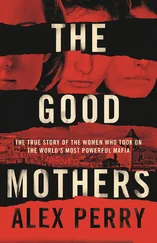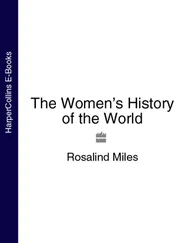Contrast a unit such as a race, whose boundaries are defined by nothing more than a chosen set of properties, whether as in the nineteenth and early twentieth centuries by superficial resemblances such as skin colour or cranial proportions, or more recently by blood and tissue groups and sequences of DNA. Likewise, there are insurmountable problems in defining its cultural analogue, the nation, which entail the further imponderables of a consciousness of shared history, and perhaps shared language too. [233] Anderson (1991) is a good guide to the short but fraught history of the concept of the nation, and its transplantation for use all over the world.
Given that so many of the properties get shuffled on to different individuals in different generations, it remains moot as to what to make of any set of characteristics for a race or a nation. [1] The problem is not that the shared properties are always imaginary (as the Nazis’ criteria for Jewishness may have been), or even objectively unimportant for survival (e.g. as the possession of genes for sickle-cell anaemia and thalassaemia clearly predispose to inherited disease, while giving resistance to malaria). It stems from the logic of statistics: when picking out a population for study, a subset of properties always has to be chosen from a much larger set. But populations who share one subset may not share another—and who is to say (in advance of the study) which properties define the group with the interesting history? In practice, the properties chosen tend to bear out the preconceptions of the researchers, making (e.g.) the correspondence between genetic and traditional linguistic classification of the world’s population groups less than astounding. This necessary arbitrariness in setting up the statistical models is a fundamental flaw in the credibility of the population-gradient prehistory associated with Luca Cavalli-Sforza (e.g. 2001) and his many followers.
But use of a given language is an undeniable functioning reality everywhere; above all, it is characteristic of every human group known, and persistent over generations. It provides a universal key for dividing human history into meaningful groups.
Admittedly, a language community is a more diffuse unit than a species or a lineage: a language changes much faster than a DNA sequence, and one cannot even be sure that it will always be transmitted from one generation to the next. Some children grow up speaking a language other than their parents’. As we shall soon see, language communities are not always easy to count, or to distinguish reliably. But they are undeniably real features of the human condition.
The task of this book is to chart some of the histories of the language traditions that have come to be most populous, ones that have spread themselves in the historic period over vast areas of the inhabited world. Our view will be restricted to language histories for which there is direct written evidence, and this means omitting some of the most ancient, such as the spread of Bantu across southern Africa, or of the Polynesian languages across the Pacific; but nevertheless the tale is almost always one that covers millennia. The history of humanity seen from its languages is a long view.
Languages have been the currency of human communities for hundreds of thousands of years, and naturally the typical language community has changed in that time. The presumption is that before the discovery and expansion of agriculture, human communities were small bands, just as the remaining groupings of hunter-gatherers are to this day. These groups all have languages, and ancient lore and stories which the old retail to the young. The density of the human population, wherever people were living, would have been far less than it is today. It is a commonplace of historical linguistics that related languages diverge when contact ceases between groups, so we can also presume that in this early period each self-sufficient community, of up to a few thousand people, would by and large have had its own language.
All this changed in communities that adopted a settled way of life, based on herding and agriculture. Now communities would have become both larger and more organised. In settled communities, one’s neighbours in one year would remain one’s neighbours for many years, indeed generations, to come. One might have dues to pay, and negotiate, with higher authorities. Festivals, and markets, would bring together people from a wide area. Militias would be raised to defend local communities, and to steal from others perceived to be weaker. There began to be a motive for communication among people over longer distances. Bilingualism would have increased in the population, and also languages would have grown in terms of the number of speakers; quite likely, too, the absolute number of languages would have fallen, smaller communities losing speakers through war, marriage or desertion, or simply a pragmatic tendency to use other people’s languages.
From the very nature of the changing situation we could have inferred these processes. But in fact it has been possible to watch them. They have been observed in accelerated development in the last couple of generations in Papua New Guinea, as the old self-sufficient ways of life in villages and hamlets yield to a wider-ranging national way of life. A feature of this transition is the decline of many of the indigenous languages and their replacement through the expansion of neighbouring tongues, or more globally by languages associated with trade at the national level, or government: utility jargons or pidgins are quickly transformed into general-purpose Creole languages, informally but effectively standardised across vast numbers of speakers.
Literacy and the beginning of language history
As long as there has been storytelling, and the dispensing of legal judgments and healing rituals, there have been linguistic records, retained verbally in the memories of learned members of the community. The minds of the old are a weighty resource, filled with songs and precedents, skills and maps, recipes and histories.
But there was always a subjective element in learning derived from recitation, as well as a practical limit on the amount that could be retained—unless perhaps complementary teams of record-keepers could be organised. Moreover, speaking now from the anachronistic point of view of the modern historian, there would always be a tendency to inauthenticity in ancient records held in memory. In use, there was always a pressure to update them little by little to meet the needs of the contemporary world: otherwise, as gradual changes accumulate in social institutions and in the language too, really ancient records would tend to become both irrelevant and incomprehensible. Even today, when oral traditions can be found intact, it is seldom possible to gain clear, unambiguous information about the past from the testimony of rememberers. Recall is an act of disciplined reimagination, and the remote past may be beyond anyone’s ken.
All this is resolved through the miracle of writing. Writing traditions usually begin in some kind of process of accounting records—at least tallies and tokens are often the earliest clear predecessors of written documents to survive—the intent being to provide objective proof of the quantities involved in some transaction. But with practice it often became clear that the symbols were in principle capable of recording any message, and as facility in handling the symbols grew they became usable as a direct aide-mémoire even for fluent speech.
Once a culture has written documents, the first traces begin to be laid down which will later enable the history of the language to be written. If the writing system has a clear link to the language as spoken (and, despite the usual symbolic start in numbers and concepts, in practice it is impossible to develop a fully functional writing system without reference to words in spoken language), then the mute stones or clay tablets or preserved animal skins—whatever—begin to reveal to us something we might have thought quite evanescent—how the language was actually spoken, perhaps thousands of years ago. [2] A common problem, ironically, is that writers’ conservatism has made their symbols refer to a version of the language already out of use. Memories of what was learnt in the scribal school can take precedence over what the scribe was actually hearing.
Читать дальше
